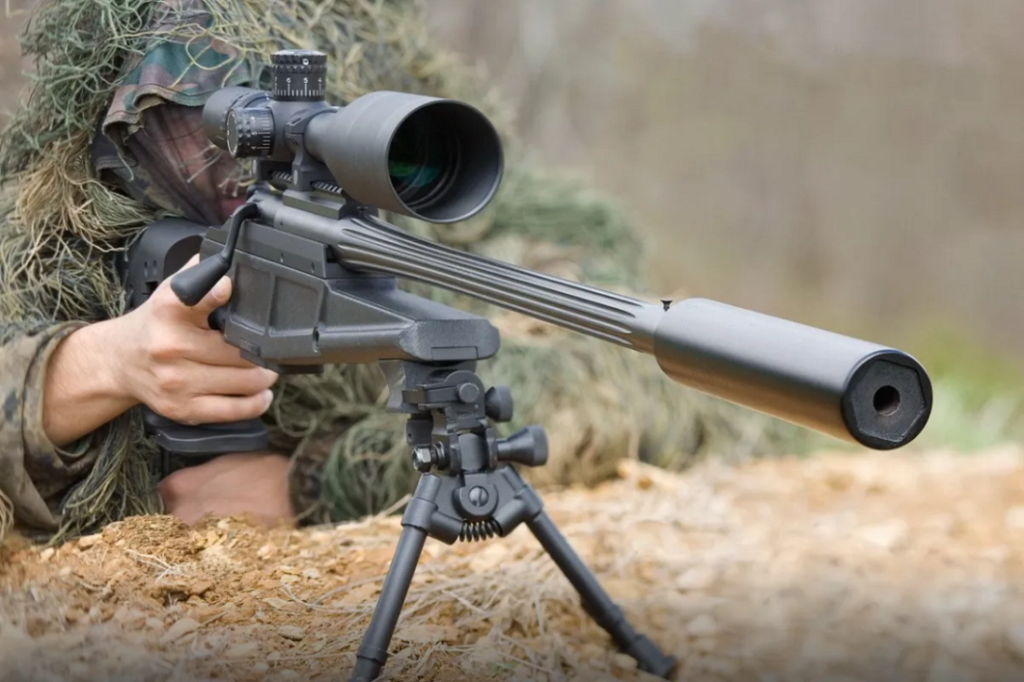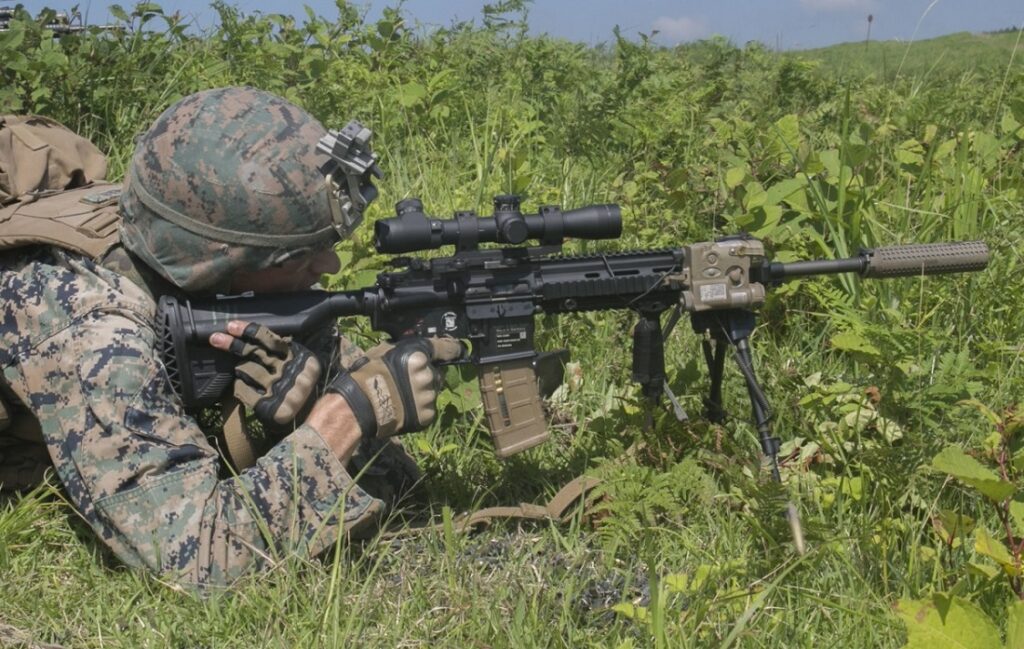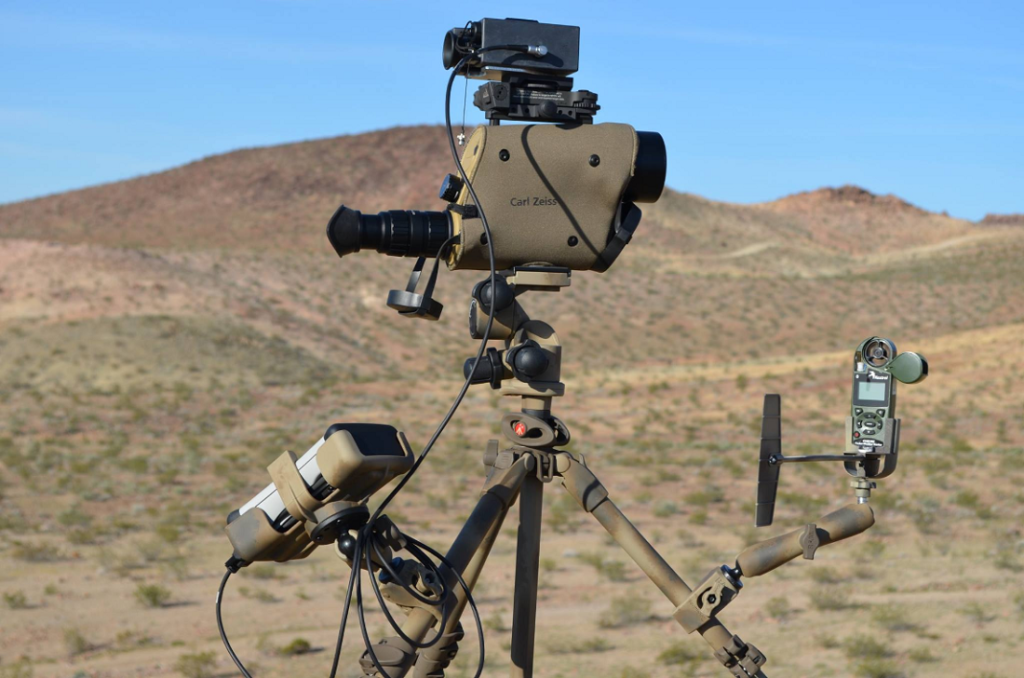For decades, Hollywood has been serving us the image of the mythical sniper as a lone wolf shooting at distances of up to two kilometers from a rifle carried in a suitcase in several pieces. As you can guess, the mush presented by the film industry is quite different from reality. So let’s clear up the doubts with this text.

Sniper vs Designated Marksman
First of all, it is necessary to distinguish between two different roles present in the ranks of all kinds of military formations. These functions include the aforementioned sniper and his less famous little brother, a designated marksman.
The latter is a member of the regular infantry unit. He’s been trained and equipped to enable him to cover targets with fire at distances up to approximately 600-800 meters. This allows him to support his colleagues over medium and longer distances, as well as remain a full-fledged team member during tasks in urban areas.
A sniper, on the other hand, is a soldier who works most often in a team of two, consisting of a shooter and spotter. The role of the former is clear – aim, apply corrections appropriate to the conditions and hit. The second is responsible for fire support in the event of detection of the position taken, but above all for the location and identification of targets as well as for providing the values of corrections for the shooter depending on the prevailing conditions. The team’s tasks are to eliminate high-priority targets, observe and provide information about enemy installations, troop movements and so on.

Guns and Gear
A designated marksman can be armed with a regular weapon – the same as his colleagues have, but equipped with an optical sight offering variable magnification, which allows for better target identification and taking corrections depending on the distance or wind speed. More often, however, it is a semi-automatic rifle powered by full-size ammunition (7.62 x 51 NATO, 7.62 x 54R) with a better ballistic coefficient. That is, the low impact of air and wind resistance on the projectile’s trajectory.

The sniper, in turn, almost always uses a precision bolt-action rifle. The ammunition for which it is chambered for is usually magnum cartridges such as .338 Lapua Magnum or .300 Winchester Magnum, enabling precise fire at distances up to 1200-1500 meters. These weapons are usually equipped with optical sights with high magnification, the cost of which is often equal to the price of the weapon itself. It is also common to use silencers to conceal the shooter’s position.

The observer is usually armed with an automatic carbine chambered in intermediate cartridge (5.56 x 45 mm, 7.62 x 39 mm) with a low magnification sight. It allows him to engage targets at medium distance and, if necessary, cover the retreat if detected. The main tool of the observer, however, are optoelectronic observation devices such as an spotting scope with a magnification of up to 90X, a laser rangefinder or a weather station. They are used to locate and identify targets, as well as to help the shooter make an accurate shot by determining the sight settings based on the distance from the target, wind speed and direction, atmospheric pressure, temperature or altitude difference.

Conclusion
In cental-european nomenclature there’s no snipers. Polish Military has only designated marksmen, but they are fulfilling both roles and have different tasks to acomplish. It is a scar left by the Soviet doctrine. The distinction is made primarily in Western countries.
However, as you can see, a DM and a sniper differ a lot. Their tasks are different, as are their equipment and methods of operation. We recommend that you have it on the back of your head at the next Hollywood fairy tale show.
It should be noted that Cracow Shooting Academy has several examples of sniper weapons as well as those with which the observers are equipped, we invite you to make a reservation and try them on your own.
